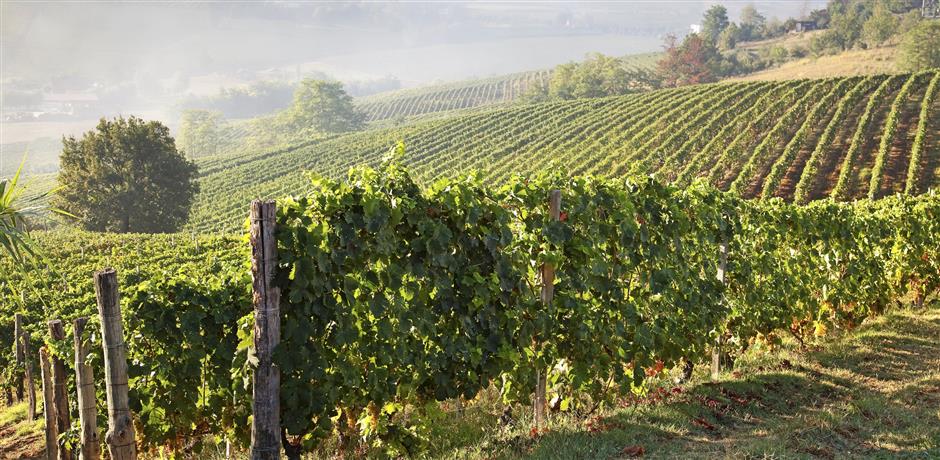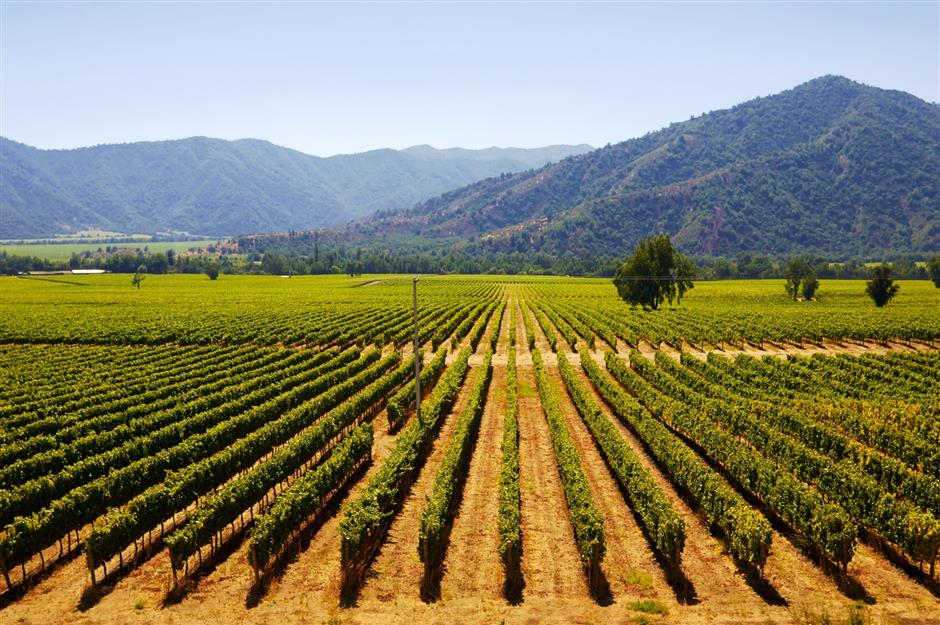Summary
Wine has a magical ability to exhibit an amazing array of aromas and flavors. One pleasantly tantalizing expression found in wines is spices, including the star anise that the iDeal cover story features. Certain grapes have a genetic predisposition to offer aromas and flavors of spice; while the winemaking process, particularly the process of fermentation and aging in oak, may also impart qualities of spices.
People in the West often confuse the Western anise with the Chinese star anise. Common anise, or pimpinella anisum, is the fruit of an herbaceous plant that only grows to about 24 inches (60.96cm) and resembles dill when in bloom. Both anise and dill belong to the Apiaceae or Umbelliferae family, more commonly known as the parsley family. It remains a popular medicinal and spice plant dating back to Cretan and Mycenaean.
In contrast, star anise comes from the distinct botanical family Schisandraceae. This star-shaped spice is actually the fruit of an evergreen tree that often soars to over 60 feet (18.3m) in height.
The botanical roots are here in China where the spice has been used throughout recorded Chinese history to flavor foods and as a digestive medicinal. Many readers are well aware of the multitude of delicious applications of star anise in Chinese cuisine, but what about an ideal wine partner?
Many spices share the same or similar aroma compounds to a variety of wines.
In the case of star anise, the organic compound is anethole, a type of aromatic compound that occurs in essential oils that are also found in licorice, fennel, camphor and magnolia blossoms. Similar aroma compounds are found in several grape varieties including one of my favorite Italian workhorses.
For most of its history in Piedmont, the Barbera grape was used to make the wine of the common people. In other words, it was easy-to-grow and cheap.
This is in stark contrast to its fellow Piedmont variety the noble Nebbiolo that is used to make the illustrious Barolo and Barberesco red wines.

Barbera vineyards on the rolling hills surrounding Asti of Piedmont, Italy
Barbera, for most of its 500-year history in Piedmont, has been used to make insipid and characterless plonk.
The historic bad reputation of this variety begins with its natural high-yield nature.
Growers favored this extremely vigorous vine for its ability to easily produce impressive amounts of wine. However, the grapes’ natural predilection toward excessive acidity and lack of tannins are accentuated with high yields. Over the centuries the working classes of Italy somehow developed a taste for this indifferent diluted red wine, in part because at the very least a healthy dose of acidity made the wines food-friendly. Seemingly destined to be forever recessed in the vino hall of shame, something resembling a Cinderella story happened.
In the 1980s Giacomo Bologna of the Braida Estate was the first winemaker to make single vineyard Barbera wines that were aged in small French oak. Over a period of time other quality-minded producers followed suit and a new breed of richer, more complex and age-worthy Barbera wines was born. Also helping to propel this grape to new heights was the general quality awareness and emphasis throughout Italy wines over the past four to five decades. In 1970, Barbera d’Asti wines gained DOC status and in 2008 were upgraded to DOCG status. In addition to Asti, the Barbera wines of nearby Alba are also noteworthy.
Today, Barbera can be described as a wine of three styles, the unfortunate traditional high-yield, diluted and overly acidic wine; a second style that’s light to medium bodied stylish wine with vibrant fruitiness and freshness, and the low-yield, concentrated and structured wines that are aged in oak. The latter two styles are for the most part eminently affordable, high-quality wines that also happen to be one of the world’s most food-friendly wines. The same can be said of the Piedmont Barbera-based blends that also comprise contributing amounts of Nebbiolo, Dolcetto and other local varieties.
The light to medium bodied Barberas are perfect wines for Chinese multi-dish meals that comprise both seafood and meat dishes. The bright and fresh red and dark berry fruit flavors in these versatile wines complement rather than overwhelm the seafood as their healthy doses of acidity wakens up and highlights the natural sweetness and freshness of the seafood. This style of Barbera wine is also very appropriate for many Southeast Asian dishes that combine spice, sourness and aromatics. To highlight the innate freshness of these lighter Barbera wines, it’s best to serve the wines slightly chilled, about 15 degrees Celsius.
Weightier, more complex oak-aged Barbera wines are best with meat and cheese dishes. Served with grilled meats, the generous dark fruit and spice flavors of the wine, including star anise, embellish the natural flavors of the meat while the tannins cleanse the palate and facilitate digestion. Personally, I love these wines with Cantonese BBQ meats, roasted Mongolian leg of lamb or lamb ribs and Beijing duck. Serve these more substantial Barberas about 16-18 degrees Celsius.
Because indifferent Barbera wines still exist it’s a good idea to pick a quality-minded producer. Some of the best who have wines available in Shanghai are L’Armangia, Hastae, Michele Chiarlo, Pio Cesare and Antario.





